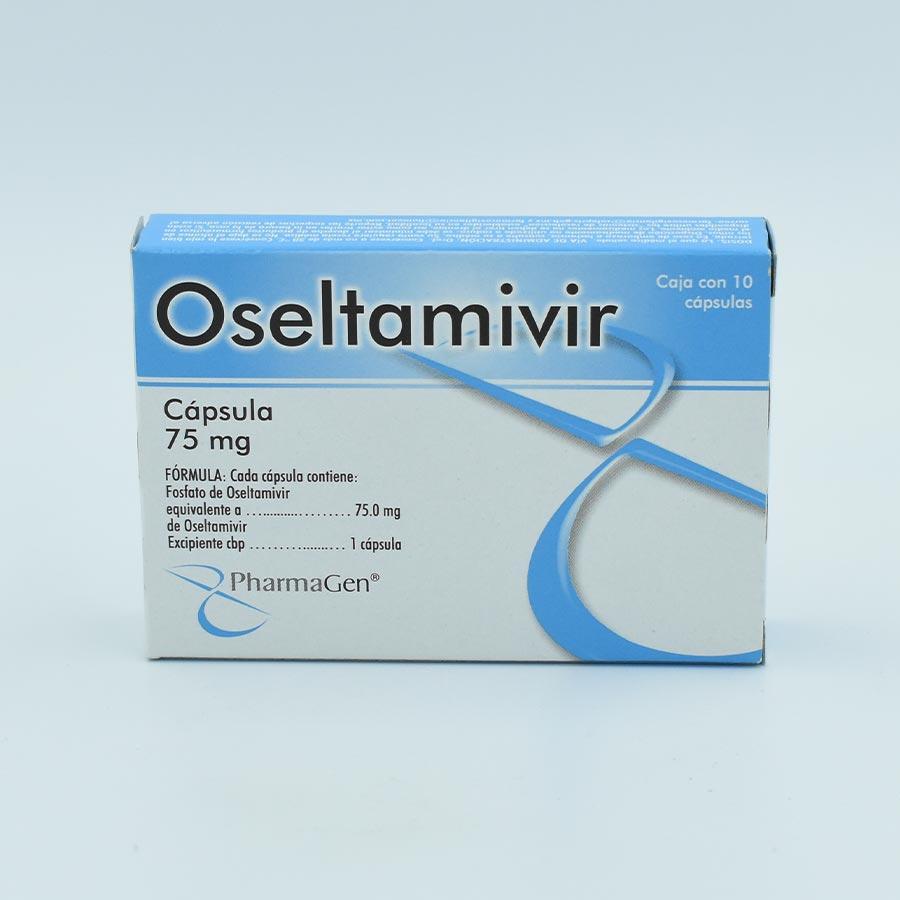
Oseltamivir, a renowned antiviral medication, takes center stage in this comprehensive analysis. Delving into its intricate mechanisms, clinical applications, and potential implications, this article unveils the multifaceted nature of this groundbreaking treatment.
With a proven track record in combating influenza, oseltamivir’s efficacy and safety have established it as a cornerstone of antiviral therapy. However, the emergence of resistance poses challenges that demand careful consideration and ongoing research.
Mechanism of Action
Oseltamivir, an antiviral medication, inhibits the replication of influenza viruses by targeting the viral neuraminidase (NA) enzyme. NA is a surface glycoprotein that plays a crucial role in the release of newly formed viral particles from infected cells. Oseltamivir binds to the active site of NA, preventing it from cleaving sialic acid residues on the surface of infected cells, thereby blocking the release of viral progeny and limiting the spread of infection.
Clinical Use

Oseltamivir is primarily indicated for the treatment of uncomplicated influenza in adults and children aged 1 year and older. It is also recommended for the prevention of influenza in high-risk individuals, such as those with chronic medical conditions, the elderly, and healthcare workers.
Oseltamivir has been shown to be effective in reducing the severity and duration of influenza symptoms, as well as the risk of complications, including pneumonia and hospitalization.
Dosage and Administration
| Age Group | Dosage | Frequency | Duration |
|---|---|---|---|
| 1-12 years | 30 mg once daily | 5 days | |
| 13 years and older | 75 mg once daily or 75 mg twice daily | 5 days |
Oseltamivir should be taken orally, with or without food. The duration of treatment is typically 5 days, but may be extended in some cases.
Side Effects
- Nausea
- Vomiting
- Diarrhea
- Headache
- Bronchitis
- Sinusitis
Serious side effects, such as neuropsychiatric events and skin reactions, are rare but have been reported. Oseltamivir should be used with caution in patients with underlying respiratory conditions, as it may worsen symptoms.
Drug Interactions

Oseltamivir may interact with certain medications, including proton pump inhibitors (PPIs), which can reduce its absorption. Co-administration with other antiviral medications, such as amantadine or rimantadine, may increase the risk of side effects.
Resistance: Oseltamivir
Resistance to oseltamivir has emerged, particularly among influenza A (H1N1) viruses. Resistance occurs when the virus develops mutations in the NA protein that reduce the binding affinity of oseltamivir. The emergence of resistance is a concern, as it can limit the effectiveness of oseltamivir in treating influenza.
Recent Developments

Research is ongoing to develop new formulations and combination therapies to improve the efficacy and reduce the risk of resistance to oseltamivir. One promising approach is the development of prodrugs, which are converted into oseltamivir within the body, potentially reducing side effects and improving bioavailability.
Concluding Remarks
As the landscape of antiviral treatments continues to evolve, oseltamivir remains a crucial player in the fight against influenza. Its mechanism of action, clinical applications, and potential for resistance provide a rich tapestry of insights for healthcare professionals and researchers alike.
Through ongoing research and surveillance, the medical community strives to optimize the use of oseltamivir and mitigate the threat of resistance, ensuring its continued effectiveness in safeguarding public health.





